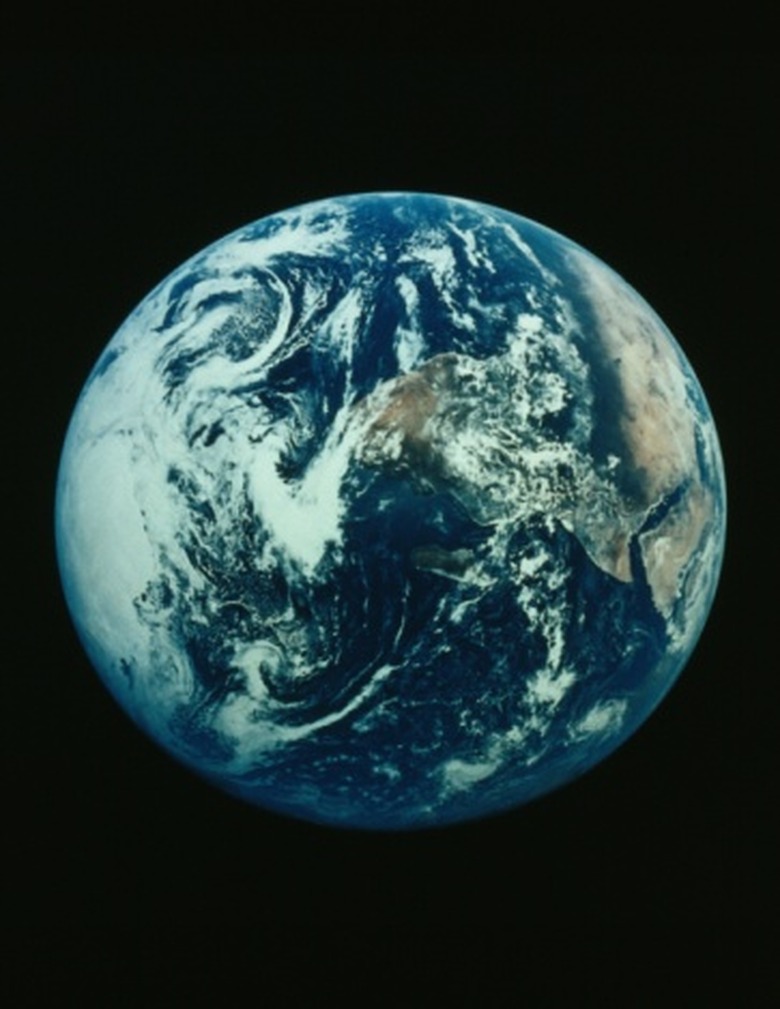What Are The Six Climate Zones?
The earth has six different climate zones. The characteristics of each climate zone vary according to the features of the land where that climate zone is present. Details such as the sort of bodies of water are in or near the area, as well as the area's location upon the earth, are important factors in determining what sort of climate is in that specific region of the world. Physical characteristics, such as oceans, affect the moisture in the air, ultimately affecting the climate of the region.
Tropical Climates
Tropical Climates
Tropical climates, otherwise known as mega-thermal climates, are found in areas close to the equator. Tropical rainforests are found in tropical climates. Tropical climates remain warm throughout the year. Tall trees and many different kinds of plants are found in tropical regions. Due to the various different types of foods found within rainforests, many different species of animals are also found within tropical climates.
Dry Climates
Dry Climates
Dry climates, otherwise known as arid or semi-arid climates, have very little rainfall throughout the year. The summer remains dry in steppe dry climates. Deserts are often found in dry climates and they remain dry during the winter seasons. Yearly temperature in dry-hot climates is usually above 64 degrees Fahrenheit. In dry-cold climates, the temperature is usually below 64 degrees Fahrenheit.
Temperate Climate
Temperate Climate
Temperate climates, otherwise known as meso-thermal climates, are cooler than subtropical climates, but warmer than polar climates. The moderate oceanic climate is a sub-type of temperate climates. The regions have fresh summers and wet winters with mild weather. A continental moderate climate is another sub-type of temperate climates. These regions have hot, rainy summers and cold, dry winters.
Continental Climate
Continental Climate
A continental climate, otherwise known as a micro-thermal climate, can be found in the Northern Hemisphere near the east and north-western coasts. Physical characteristics of continental climates include forests and prairies with tall grasses. Continental climates have very cold winters and hot summers with an average annual precipitation between 24 and 48 inches.
Polar Climates
Polar Climates
Polar climates remain very cold throughout the year with temperatures ranging between negative 70 degrees and 20 degrees Fahrenheit. Physical characteristics of polar climates include glaciers and thick layers of ice on the ground. The different kinds of polar climates include tundra climates and ice cap climates. Tundra climates have at least one month in a year when the average temperature is above freezing levels. The coldest temperatures in the world are found in Antarctica, which is an ice cap climate.
Alpine Climates
Alpine Climates
Alpine climates are similar to tundra climates because they are both cold and dry throughout the entire year. The annual precipitation of alpine climates is about 30 centimeters (about 12 inches) per year. These climates are found at the tops of mountains, which are vacant of any trees, other than dwarf trees. Other plants found in alpine climates include tussock grasses, heaths and shrubs.
Cite This Article
MLA
Thomas, Liana. "What Are The Six Climate Zones?" sciencing.com, https://www.sciencing.com/six-climate-zones-8160068/. 22 November 2019.
APA
Thomas, Liana. (2019, November 22). What Are The Six Climate Zones?. sciencing.com. Retrieved from https://www.sciencing.com/six-climate-zones-8160068/
Chicago
Thomas, Liana. What Are The Six Climate Zones? last modified March 24, 2022. https://www.sciencing.com/six-climate-zones-8160068/
